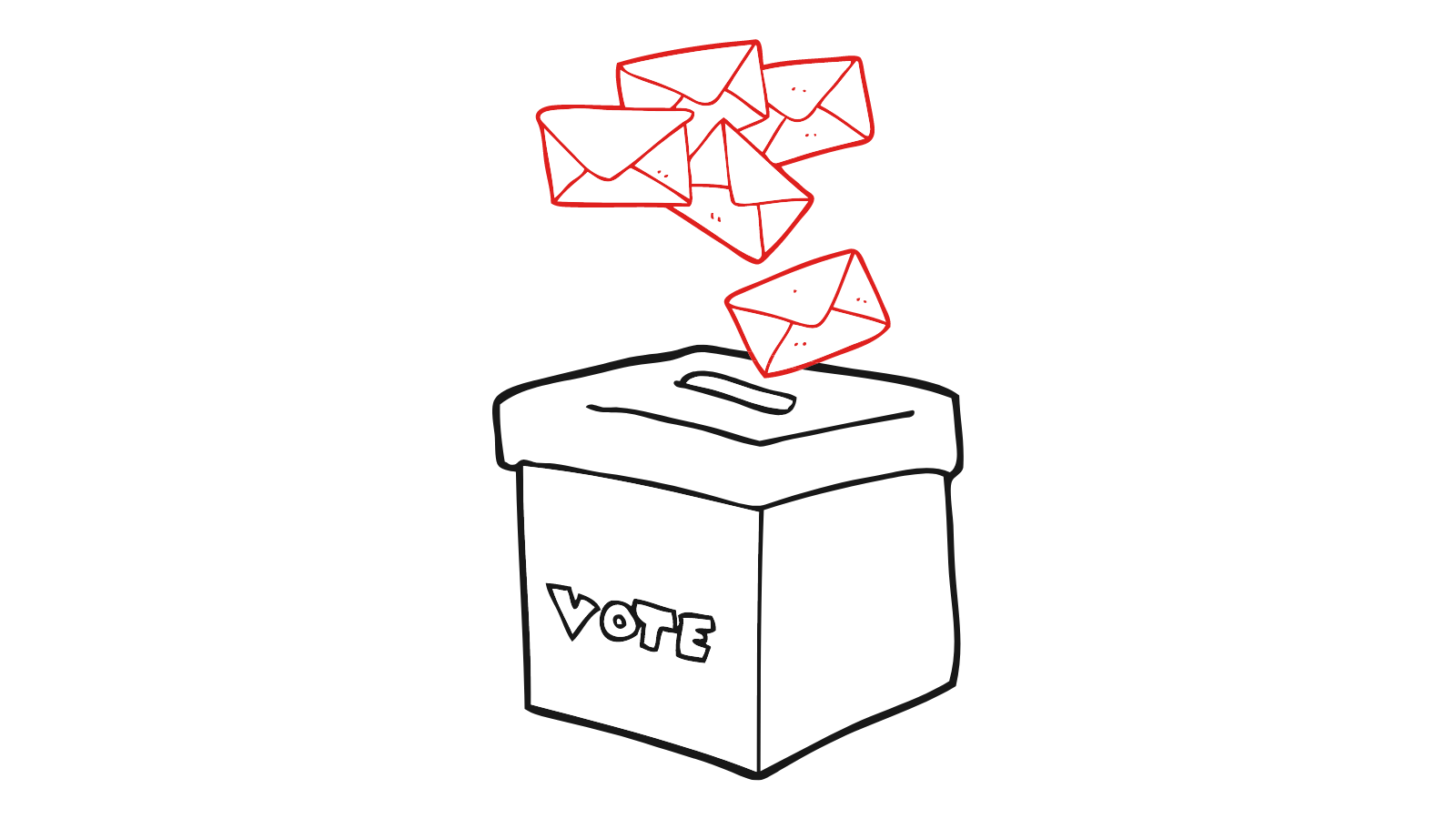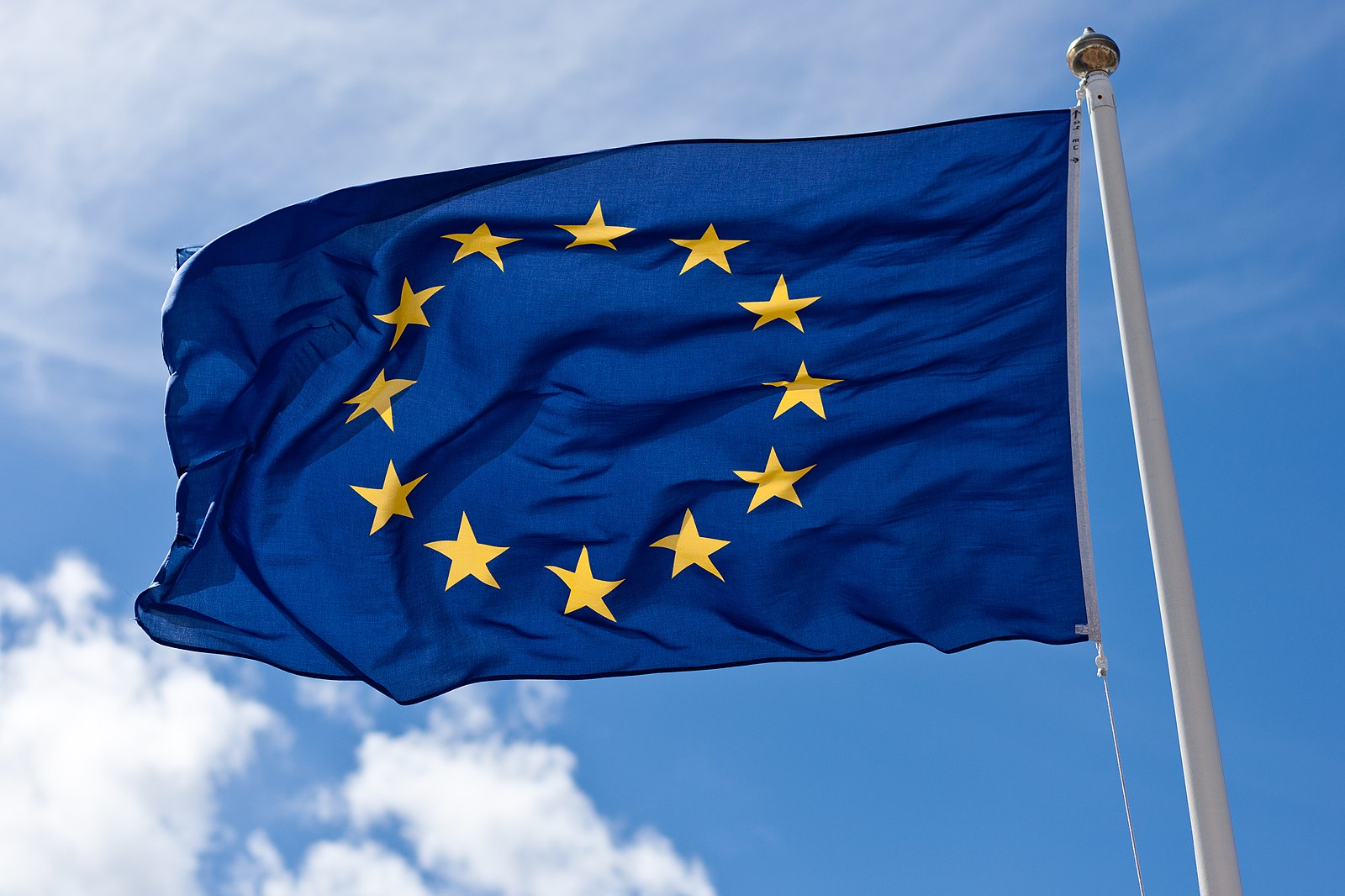Gabrielle Simonpoli, BSc. Politics ’24 (Reading time: 5 minutes)
Who sets the public agenda? Who decides which issues are picked up and which ones remain untouched? Why do some issues appear so important at a certain point in time but soon fade into oblivion? In our modern democracies, individuals and interest groups have the capacity to pressure office-seeking politicians into placing issues on the political agenda. However, we notice that public attention seldom remains focused on any one issue long enough to generate enough political pressure to cause effective change, even if the problem is of crucial importance to society. This study guide will introduce the reader to Anthony Downs’s “issue-attention cycle” to explain why some social problems are more likely than others to stay part of the public debate.
What is the issue?
“Public perception of most “crises” does not reflect changes in real conditions as much as it reflects the operation of a systemic cycle of heightened public interest and then increasing boredom with major issues” A.Downs
The murder of George Floyd in May 2020. The 2015 Migrant Crisis in Europe. The invasion of Ukraine. What do all these events have in common? Met with overwhelming support from the international community, generating worldwide protests and dominating all aspects of public life for days, weeks or months, they seem to have since then faded with little trace. Racism in America persists. Asylum-seekers still die in the Mediterranean. Ukraine remains under siege. Although still prevalent, these issues capture less attention and screen time than immediately after the events. So how and why does this pattern emerge? Why are we so quick to forget and shift our attention to something else?
The dynamics of the “issue-attention cycle”
Anthony Downs proposes the following ‘issue-attention cycle’ as an explanation to this phenomenon:
- Pre-Problem Stage: a highly undesirable social condition exists, but hasn’t captured much public attention, or only the attention of the minority victim which this condition negatively affects.
- Alarmed Discovery and Euphoric Enthusiasm: George Floyd is murdered. A photo of a drowned child washed-up on the Turkish shore emerges on the news. Russia bombs Ukraine. A striking event or a change in conditions lead the public to suddenly become alarmed about the problem, determined to change it as fast as possible.
- Realisation of the Costs of Significant Progress: previously optimistic about society’s capacity to remedy the problem, people realise that fundamental change will require major social and financial sacrifices by large groups of the population and a reordering of the social order.
- Gradual Decline of Intense Public Interest: some people may feel discouraged, while some others will see their privileged position in society threatened by the prospect of change and will rather close their eyes. Others simply become bored of the issue, especially as, by that time, some other issue is likely entering stage II and has a more novel and powerful claim over public attention.
- Post-Problem Stage: the issue enters a prolonged state of limbo, with spasmodic recurrence of interest.
Is this going to be the case for all social issues?
Most issues that go through Downs’s attention cycle typically comport three defining features.
First, the majority of citizens within the society do not suffer from the problem nearly as much as a certain minority group. In general, social change stems from increased social pressure from a large fraction of the population; in the case of racism, xenophobia, sexism or other pressing social issues, the majority is not continually reminded of the problem by its own suffering from it, and will not keep its attention riveted on resolving it long enough to actually lead to significant social change.
Second, the sufferings caused by the problem at hand are generated by social arrangements that create privilege and are significantly advantageous to a majority of the population or to a powerful minority. Change would require the benefittors of rigged systems to give up their privileges to allow for fundamental reorderings of the social order.
Finally, issues go more or less fast through this attention cycle depending on if the problem has any intrinsically exciting qualities. According to Downs, a problem has to be “dramatic and exciting to maintain public interest because news is consumed by much of the public as a form of entertainment”. People have limited attention, and news competes with other forms of entertainment for shares of each person’s time.
Issue-attention cycle: the case of racism in the US
A study by Business Insider conducted between January 2015 and December 2022 shows how systemic racism is ingrained in nearly every aspect of American life, from unequal access to mortgages, differences in employment and social mobility prospects to incarceration rates. One of the most striking data points is the one of fatal police shootings per million: the rate is 6 per million for black people, in opposition to 2.4 per million for white people. It is essential to note that this data only tracks fatal police shootings, not all fatal police encounters: the murder of George Floyd would not even qualify for this dataset.
It seems surprising that, nearly three years after the tragic events of May 2020 sparked worldwide protests and overwhelming pressure on institutions to address this systemic issue, data still indicates 3x more incidences of police violence targeted towards black people than white people.
Racial discrimination is deeply embedded in the American social fabric, both in terms of personal prejudices or broader systems of institutions that systematically benefit some racial groups while disadvantaging others. Catalyst events throughout history like Rosa Parks refusing to give up her bus seat in 1955, the Civil Rights movement, or now George Floyd’s murder have shed light on this endemic issue and captured public attention for more or less extended periods of time, but the enthusiastic support always seems to fade after some progress has been made. Black squares captioned “Black Lives Matter” sprung out everywhere on social media in May/June 2020. Celebrities and influencers were seen advocating against racism on their platforms, or facing backlash and being cancelled for their failure to do so, and international news were dominated by reports of riots and protests. However, in a matter of months, social media became quiet and people shifted their attention to other issues. Even though it is not even close to being resolved, the racial issue seems to have hit the post-problem stage of the issue-attention cycle.
Truth is, while it is an everyday reality for the people directly victims of it, most of the US population does not directly suffer from the status quo. This does not mean that the entirety of the white American population does not care about systemic racism or does not strive for change, but that their attention to the issue will be sporadic and inconsistent as they are not constantly reminded of it by their own suffering. Worse, addressing the issue of systemic racism threatens the privileged position of many members of society who directly benefit from this unequal treatment, and would see changes like positive discrimination aimed at giving black people the opportunity to enter top schools or reach managerial positions as a threat to their own position in society.
Coincidentally, direct action from politicians is also limited because of the fear of adverse repercussions as it is a fundamentally politically decisive issue, and taking a strong position alienates a large fraction of the electorate. Politicians acknowledge the issue, but those wanting to remedy it are often not willing to pay the political price of drastic measures.
Finally, the racial issue is particular in that there is no small group of “villains” that can be blamed. In issues like climate change, the majority of society can find scapegoats (i.e. fossil fuel industry) to pressure for change without antagonising most of its members. As racism stems from generalised societal constructs and patterns of behaviours, society finds it difficult to aim its outrage at a small, alien group without facing the need to alter its own behaviour.
Does this mean that fundamental social change is not possible?
This “issue-attention cycle” shows us that social problems that were once elevated to the rank of priority may sporadically recapture public interest, but we cannot underestimate the public’s capacity to become bored or close their eyes when faced with uncomfortable situations that would require them to significantly alter their ways. Mainstream media plays an essential part in fostering this phenomenon, by generating moral panics around events that will capture public attention and sometimes being completely oblivious to other crises because it is not a selling pitch.
However, Downs acknowledges that “after problems have gone through the cycle, they almost always receive a higher average level of attention, public effort and general concern” than in the pre-problem stage. Although racism in the US does not dominate mainstream media and the political debate anymore, heightened public awareness increased the overall political pressure for institutional change. Although incremental, progress is still progress, and a shift in attitudes and expectations is a solid base for societal reordering going forward.







Nicely explained.
Just had a lecture on this topic and I came online to look it up, further.
Appreciate the effort invested in coming up with this article.